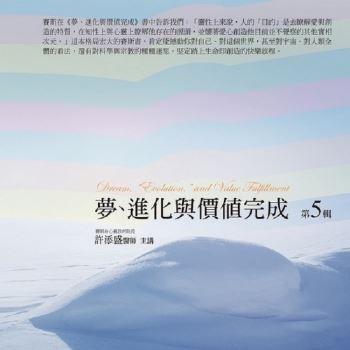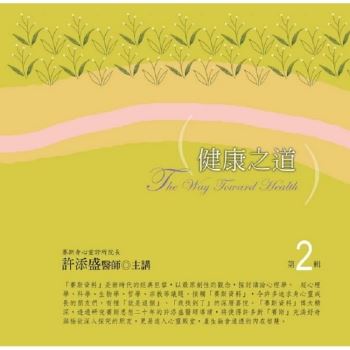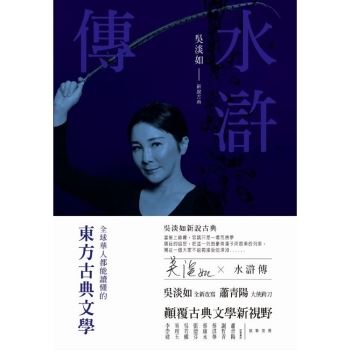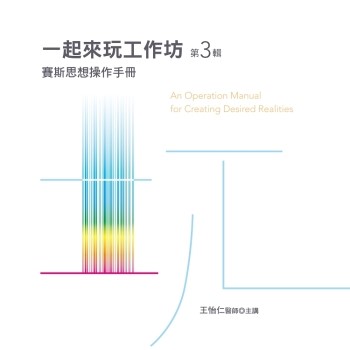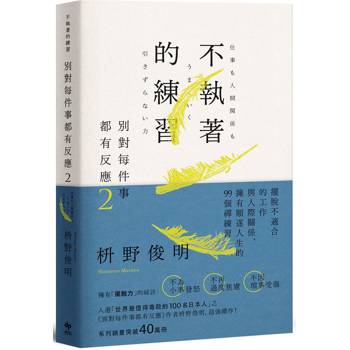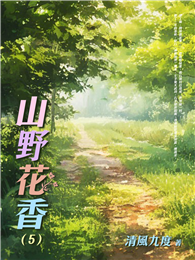《新奇啊,新奇,每個陽光燦爛的夜晚 Amazing, how amazing it is, every night of the shining sun 》是收藏於《島嶼或大陸 ISLANDS OR CONTINENTS》盒裝叢書裡,此叢書由十八本袖珍版詩選組成,分別收錄來自十八位國際著名詩人的精選作品。
| FindBook |
有 4 項符合
新奇啊,新奇,每個陽光燦爛的夜晚的圖書 |
| |
新奇啊,新奇,每個陽光燦爛的夜晚 出版日期:2013-12-20 |
| 圖書選購 |
| 型式 | 價格 | 供應商 | 所屬目錄 | $ 62 |
Literature & Fiction |
$ 65 |
中文書 |
$ 65 |
世界詩集 |
$ 70 |
文學作品 |
|---|
| 圖書館借閱 |
| 國家圖書館 | 全國圖書書目資訊網 | 國立公共資訊圖書館 | 電子書服務平台 | MetaCat 跨館整合查詢 |
| 臺北市立圖書館 | 新北市立圖書館 | 基隆市公共圖書館 | 桃園市立圖書館 | 新竹縣公共圖書館 |
| 苗栗縣立圖書館 | 臺中市立圖書館 | 彰化縣公共圖書館 | 南投縣文化局 | 雲林縣公共圖書館 |
| 嘉義縣圖書館 | 臺南市立圖書館 | 高雄市立圖書館 | 屏東縣公共圖書館 | 宜蘭縣公共圖書館 |
| 花蓮縣文化局 | 臺東縣文化處 |
|
|
內容簡介
作者介紹
作者簡介
李晟馥
生於1952 年, 詩作極富想像力, 層次豐富,一向備受注目, 榮獲「金洙暎文學獎」及「素月詩歌文學獎」。李晟馥深受卡夫卡、尼采及波德萊爾影響, 首部詩集《滾石何時醒來》中詩人充當臨床病理學家, 剖析家庭和社會結構, 並仔細記錄其逐漸瓦解的過程, 聯想奔放大膽, 戥破世界的虛偽、腐敗及墮落, 深深震撼讀者。李晟馥的第二本詩集《南海錦山》源於他新近對東亞古典文學的興趣, 大幅探討愛的本質。他在往後的詩集一直鑽研這個主題, 為「愛」另造新語法, 反映現代的情愛概念。詩人同時不斷求新, 倡導詩歌改革, 影響不少同期和年輕一代的詩人。
評論家金玹指李晟馥的詩作「大大擴展意義的領域, 啟迪無盡的問題, 問題不單局限於個人或私人層面, 甚至擴闊至集體及公眾的層面。」李晟馥的詩作不斷遊走於兩個層面,展現人生底蘊中的基本關係。
李晟馥於首爾大學取得法國文學學士及碩士學位, 曾任啟明大學法國文學系及創意寫作系教授。主要著作包括《滾石何時醒來》( 1980)、《南海錦山》( 1986)、《那年夏末》( 1990)、《虎狼加時樹的回憶》( 1993)、《啊, 沒有嘴巴的東西!》( 2003)、《月兒前額的波浪紋》( 2003)、《來, 看看悲傷就是全部》( 2013)。
(謝小婷譯)
Lee Seong-bok (1952–), recipient of Kim Soo-young Literature Prize and Kim So-wol Literature Prize, has continually attracted attention to his highly imaginative and multi-layered poetry. Influenced by Kafka, Nietzsche and Baudelaire, Lee’s first volume of poetry When Do the Rolling Stones Awake shocked readers with its daring use of free association to expose the hypocrisy, corruption and perversity of this world. In this volume, the poet occupies the place of a clinical pathologist who dissects familial and social structures, and meticulously records their gradual disintegration. His second book Mt. Geum, Nahmae, shaped by the poet’s new interest in the East Asian classical literature, largely deals with the question of love’s essence. The subject continues to engross Lee in subsequent volumes as well, and he creates an alternative grammar of love to the modern notion of romance. Driven by a spirit of innovation, Lee heralds a poetic revolution that influences both his contemporaries and younger generation of poets.
The critic Kim Hyoun has said of Lee Seong-bok’s poetry that “it vastly expands its sphere of meaning to permit endless questions to be raised, not only on an individual or private level, but on the collective and public one as well.” Moving unceasingly between binary categories, Lee’s poetry thus brings into view the fundamental relation that lies beneath human life.
Lee earned both his undergraduate and graduate degrees in French literature from the Seoul National University. He worked as Professor of French literature and creative writing at the Keimyung University.
His major works include When Do the Rolling Stones Awake (Dwingguneun Dol-eun Eonje Jam Kkaeneunga, 1980), South Sea, Silk Mountain (Namhae Geumsan, 1986), End of That Summer (Geu Yeoreum-ui Kkeut, 1990), Memories of the Holly (Horanggasinamu-ui Gieok, 1993), Oh, Those without Mouths (A, Ib-I Eomneun Geotdeul, 2003), Ripple Patterns on the Moon’s Forehead (Dal-ui Ima-eneun Mulgyeolmunui Jaguk, 2003), Came, and Saw Sorrow Was All
(Rae Yeo Ae Ban Da Ra, 2013).
目錄
1.1959年 1959 6
2.出埃及 exodus 10
3.夏天的山 the summer mountain 16
4.那年秋天 that fall 24
5.關於歲月 about time 33
6.現在只說遲到的愛來得不是時候 now only about love that came at the wrong time, too late 51
7.序詩 prelude 56
8.歲月的褶皺,記憶的斷層 the folding of time, the dislocation of memory 59
9.高聳的松林 the forest of pine trees 62
10.新奇啊,新奇,每個陽光燦爛的夜晚 amazing, how amazing it is, every night of the shining sun 65
11.西瓜 watermelon 71
12.南海錦山 South Sea, Silk Mountain 77
|
